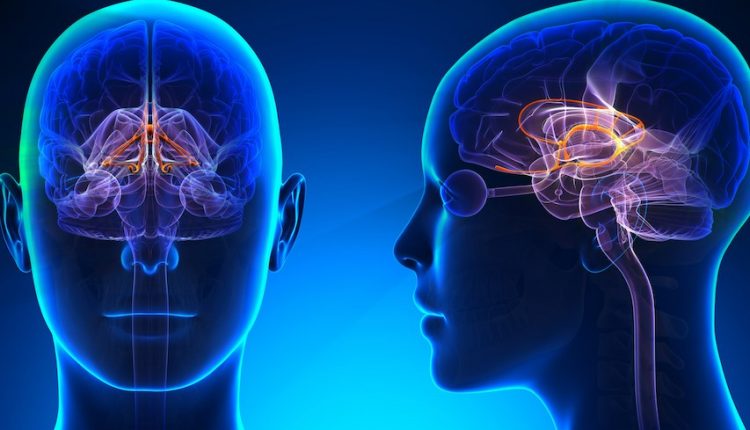
Neurological disorders: Huntington's disease
Huntington’s Disease is an inherited neurological disorder caused by the degeneration of brain cells (neurons) located in specific areas of the brain
It is characterised by a more frequent onset in adulthood (between 30-45 years of age) but can in fact occur at any age, from childhood to old age.
The brain cells affected by the degenerative process are located in deep structures of the brain called basal ganglia (particularly the caudate nucleus and putamen) but cells in the outer part of the brain (cerebral cortex), which are essential to functions such as thinking, perception and memory, are also affected to varying degrees.
Symptoms of Huntington’s disease
The characteristic clinical picture resulting from the progressive degeneration of neurons in the indicated areas includes involuntary movements (called Còrea from the Greek word for dance), reduced cognitive abilities and alterations in mood.
The frequency of the disease, which varies in different populations, is 5-10/100,000 live births.
At what age does the disease manifest itself?
Just like the signs and symptoms, the age of onset of the disease also varies greatly.
In its most classic form, MH arises in adulthood (35-45 years) with a clinical picture characterised mainly by involuntary movements.
Huntington’s disease in youth
In some cases, however, the disease manifests before the age of 20 (juvenile chorea) with symptoms that include a rapid decline in school performance, changes in writing, motor problems such as rigidity, tremors, slowness and rapid muscle spasms (myoclonus).
Many of these symptoms are similar to those present in Parkinson’s disease and differ markedly from the choreal symptoms that characterise onset in adulthood.
Juvenile chorea appears to progress much more rapidly than that in adulthood.
Finally, some persons may manifest the disease after the age of 55 (late còrea).
In these cases, diagnosis may be made more complex, both because of the presence of symptoms of other diseases that may mask those of MH and because the chorea symptoms may be particularly mild and therefore more difficult to detect.
How long does a Huntington’s disease sufferer live?
International literature reports survival figures for sufferers ranging from 10 to 30 years.
Obviously, these are statistics to be looked at only as a general reference since there is, for these as for all sufferers, irrespective of the pathology, extreme individual variability linked both to the age of onset and to personal physical conditions and, finally, to the way of life and the quality of care available.
Read Also:
Emergency Live ancora più…live: scarica la nuova app gratuita del tuo giornale per iOS e Android
Huntington’s Chorea: Causes, Symptoms, Diagnosis, Polysomnography, Treatment
Sydenham’s Chorea (St. Vitus’ Dance): Causes, Symptoms, Diagnosis, Therapy, Prognosis, Recurrences
Paediatrics, What Is PANDAS? Causes, Characteristics, Diagnosis And Treatment
Childhood Absence Type Epilepsy Or Pycnolepsy: Causes, Symptoms, Diagnosis, Treatment
Rheumatic Fever: Causes, Symptoms, Diagnosis, Treatment, Complications, Prognosis



